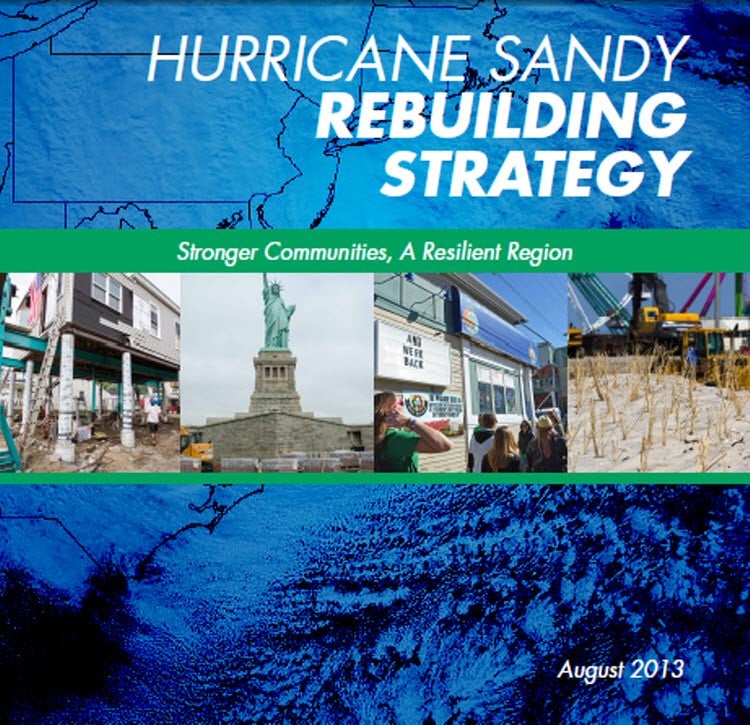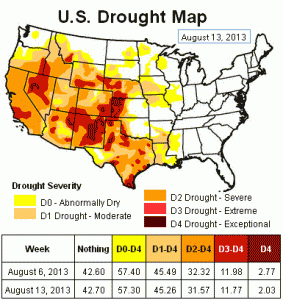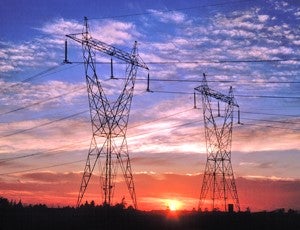Earlier this year, the Alliance Commission on National Energy Efficiency Policy unveiled a plan to double nationwide energy productivity by 2030. It’s an ambitious move to greatly increase our nation’s use of energy efficiency, which represents a huge – and largely untapped – opportunity. Reducing wasted energy through efficiency cuts harmful pollution and saves people money on their energy bills. After all, the cheapest, cleanest, most reliable electricity is the electricity we don’t have to use.
Similarly, the State Energy Race to the Top Initiative (Initiative) is an incentive for states to make voluntary progress to increase their energy productivity. The U.S. Senate is moving forward to make this idea a reality. Originally introduced as a bill in June, the Initiative has now been filed as a potential amendment, sponsored by Senators Mark Warner (D-VA), Joe Manchin (D-WV), and Jon Tester (D-MT), to the Shaheen-Portman energy efficiency bill. If passed, the Initiative will stimulate energy innovation in both the public and private sectors, and allow states to tailor energy saving policies to their particular needs.
Administered by the Department of Energy (DOE), the Initiative will be broken into two phases. In the first phase, following the submission of state proposals through their energy office, DOE selects 25 states to receive funding (a combined $60 million) to move their energy productivity concepts forward. Although states have complete independence in developing and implementing their own clean energy strategies, the DOE will provide technical assistance upon request. Eighteen months later, in the second phase, the 25 states will be asked to submit progress reports to DOE. Based on their projects’ success, DOE will then select up to six states to receive a share of $122 million to continue their energy saving efforts.














